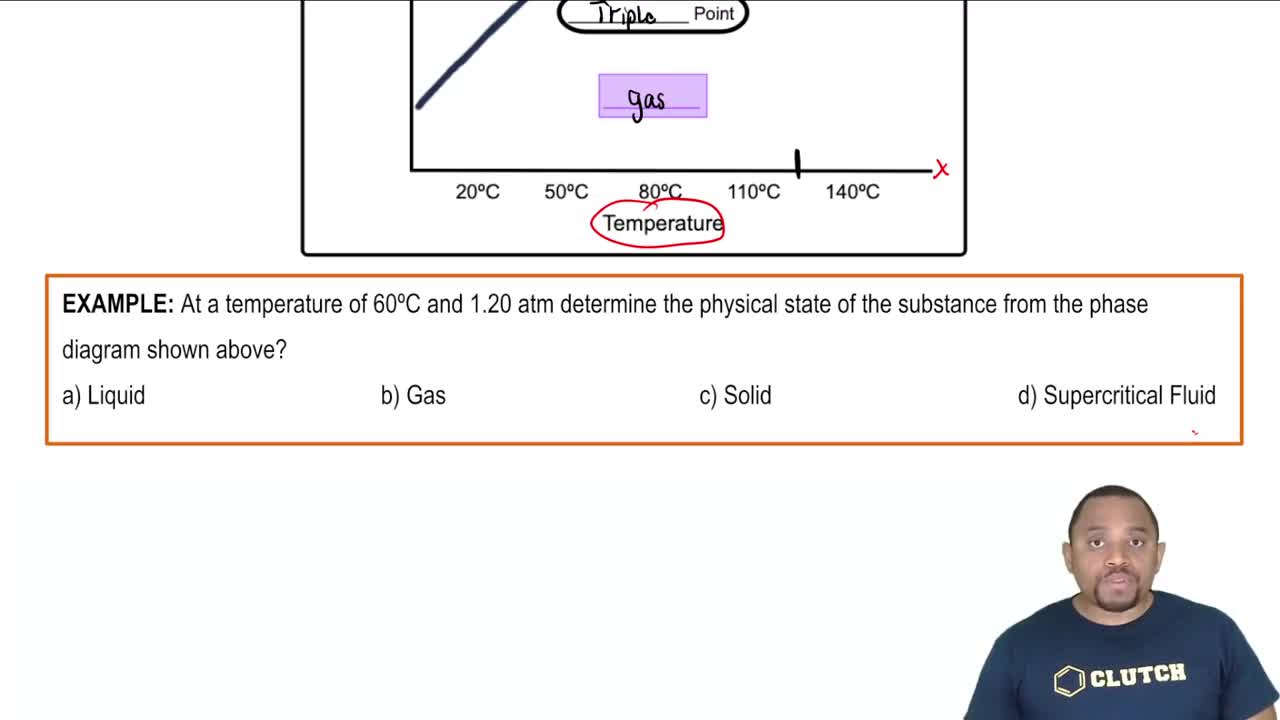Here are the essential concepts you must grasp in order to answer the question correctly.
Equilibrium Expression
The equilibrium expression is a mathematical representation of the concentrations of reactants and products at equilibrium. It is derived from the balanced chemical equation and reflects the ratio of product concentrations to reactant concentrations, each raised to the power of their coefficients. For gaseous and aqueous species, concentrations are used, while solids and liquids are omitted from the expression.
Recommended video:
Equilibrium Constant Expressions
Phase of Substances in Equilibrium
In equilibrium expressions, only gases and aqueous solutions are included, while solids and liquids are excluded. This is because the concentration of pure solids and liquids does not change during the reaction and does not affect the equilibrium position. In the given reaction, PCl3 is a liquid, so it should not appear in the equilibrium expression.
Recommended video:
Correct Form of Kc
The correct form of the equilibrium constant Kc for the reaction PCl5(g) ⇌ PCl3(l) + Cl2(g) should only include the gaseous species. Therefore, the correct expression is Kc = [Cl2]/[PCl5]. The presence of PCl3 in the original expression is incorrect, as it is a liquid and should not be included in the equilibrium constant calculation.
Recommended video:
 Verified step by step guidance
Verified step by step guidance

